Pruning to give spur leaves light
alan haigh
9 years ago
Related Stories

WINTER GARDENINGPruning Secrets for Exquisite Roses
Encourage gorgeous blooms year after year with this time-tested advice on how to prune your rosebush in winter for health and shape
Full Story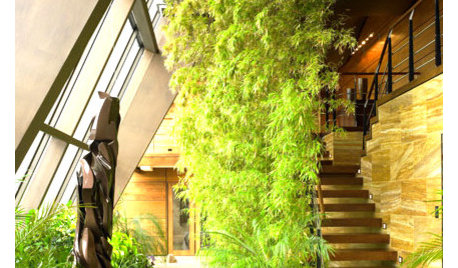
REMODELING GUIDESGive Me a Wall, a Roof, or a House of Glass
Swoon over spaces warmed by sunlight — from one side, or many
Full Story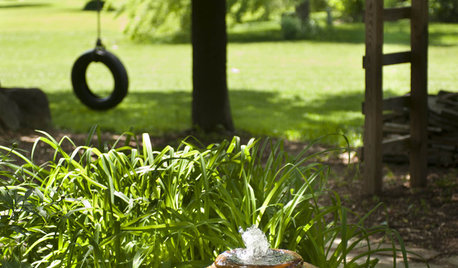
GARDENING AND LANDSCAPINGHow to Give Your Garden More Soul
Feel more at home in your garden by giving it deep, personal meaning
Full Story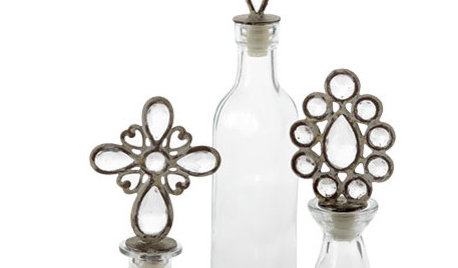
BATHROOM DESIGNGive a Little Glitz for the Bath
Houzz Gift Guide 2010: What to Give Your Spa-Loving Friends
Full Story
GROUND COVERSGive Your Lawn a Taste of the Wild
Consider the joys of an irregularly trimmed meadow lawn: It’s ecofriendly, visually interesting and still good for romping
Full Story
DECORATING GUIDES10 Ways to Give Your Hospitality a Tropical Touch
Treat guests to the resort treatment with blossoms, fruit and artwork that stir up an air of the exotic
Full Story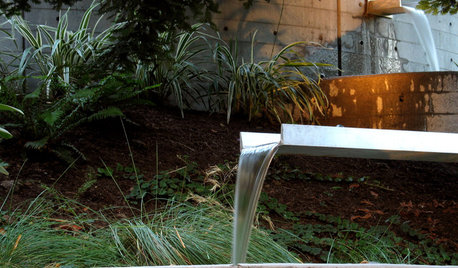
LANDSCAPE DESIGNGive Your Garden an Industrial Edge
Create intriguing contrast by borrowing from the factory to dress up your organic setting
Full Story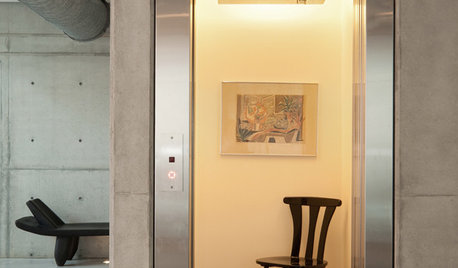
REMODELING GUIDESHome Elevators: A Rising Trend
The increasing popularity of aging in place and universal design are giving home elevators a boost, spurring innovation and lower cost
Full Story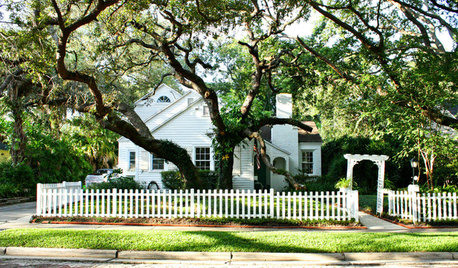
TREESGreat Design Plant: Southern Live Oak Offers an Unbeatable Canopy
Keep it dense or prune it for more light. No matter how you grow Quercus virginiana, it’s a majestic addition to its native landscape
Full Story
TRADITIONAL HOMESHouzz Tour: Family Gets a Fresh Start in a Happy New Home
Decorating her house from scratch spurs a big career change for this designer
Full StoryMore Discussions







johnnysapples
fruitnut Z7 4500ft SW TX
Related Professionals
Danbury Landscape Architects & Landscape Designers · Birmingham Landscape Architects & Landscape Designers · Camas Landscape Architects & Landscape Designers · Glendora Landscape Architects & Landscape Designers · Paradise Landscape Architects & Landscape Designers · Bedford Landscape Contractors · Cockeysville Landscape Contractors · El Sobrante Landscape Contractors · Franklin Landscape Contractors · Hannibal Landscape Contractors · Muttontown Landscape Contractors · Pine Hills Landscape Contractors · Royal Oak Landscape Contractors · Sammamish Landscape Contractors · Welby Landscape Contractors2010champsbcs
Scott F Smith
alan haighOriginal Author
Fascist_Nation
alan haighOriginal Author
emmers_m
alan haighOriginal Author